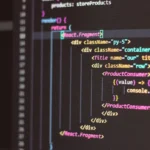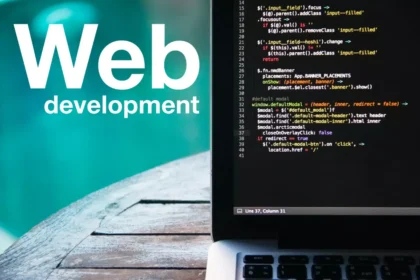Django is a powerful, open-source web framework written in Python that makes it easy to build and maintain web applications. With its batteries-included approach, Django comes with a wide range of features out of the box, including an object-relational mapper (ORM) for interacting with databases, an easy-to-use template system for generating HTML, and support for internationalization and localization. Whether you’re a beginner or an experienced developer, Django’s clear and concise documentation, large user community, and extensive ecosystem of reusable apps make it a great choice for building your next web project.
To create a blog in Django, you will need to follow these steps::
1: nstall Django on your machine by running the following command:
pip install Django2: Create a new Django project by running the following command:
django-admin startproject myblogReplace “myblog” with the name you want to give to your project.
3: Change into the project directory by running the following command:
cd myblog4: Create a new Django app to hold your blog by running the following command:
python manage.py startapp blogReplace “blog” with the name you want to give to your app.
5: Open the “blog/models.py” file and define a new model for your blog post. For example:
from django.db import models
class Post(models.Model):
title = models.CharField(max_length=200)
content = models.TextField()
created_at = models.DateTimeField(auto_now_add=True)
updated_at = models.DateTimeField(auto_now=True)
def __str__(self):
return self.titleThis model includes fields for the title, content, and creation and update dates of the blog post.
- Run the following command to create the database tables for your model:
python manage.py makemigrations
python manage.py migrate7. Create a new Django admin user by running the following command:
python manage.py createsuperuserFollow the prompts to enter a username, email address, and password for the admin user.
- Open the “blog/admin.py” file and register your model with the Django admin site:
from django.contrib import admin
from .models import Post
admin.site.register(Post)9: Run the Django development server by running the following command:
python manage.py runserver10: Open your web browser and go to “http://127.0.0.1:8000/admin/“. Log in with the admin user that you created in step 7. You should now see a page with a “Posts” section where you can create, edit, and delete blog posts.











